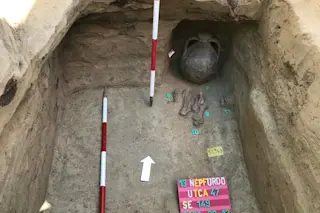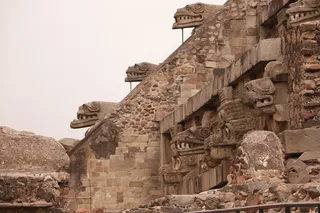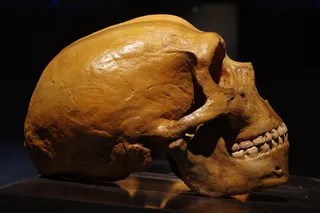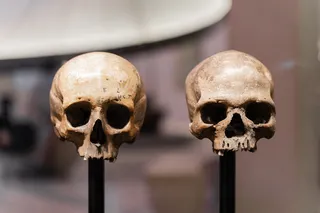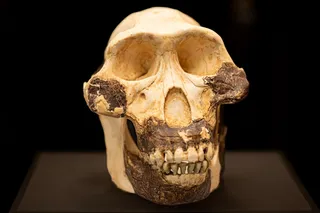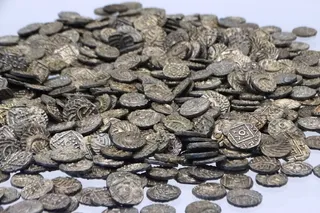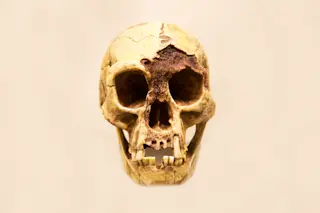What makes one a Hun and where did the Huns come from? Historians have long argued these questions about the fierce nomadic fighters who contributed to the fall of the Roman empire and the beginning of the “Dark Ages” in Europe.
One dominant theory about Hunnic origin posits that the equestrian warriors originated in what is now Mongolia, during the Xiongnu Empire. They then swept westward toward Europe, pivoted south through Germany, leaving death and destruction in their wake.
However, there is a 300-year gap before the collapse of the Xiongnu Empire and the Huns appearing in Europe around 370 C.E. Scholars have wondered if DNA evidence could fill that gap, according to a report in the Proceedings of the National Academy of Sciences.
A group of researchers did just that, by analyzing the DNA of 370 individuals that lived from the 2nd century B.C.E. to 6th century C.E. They ...


